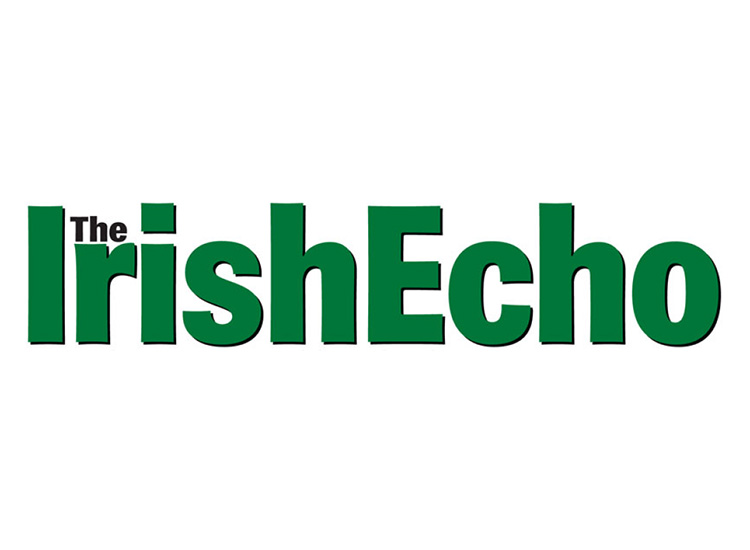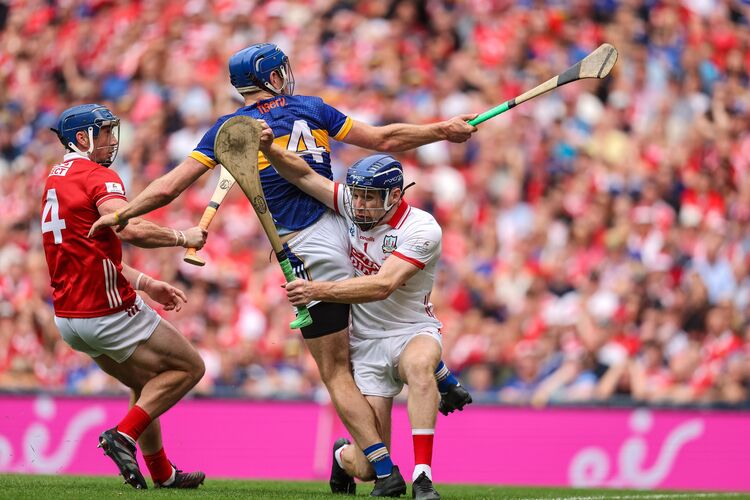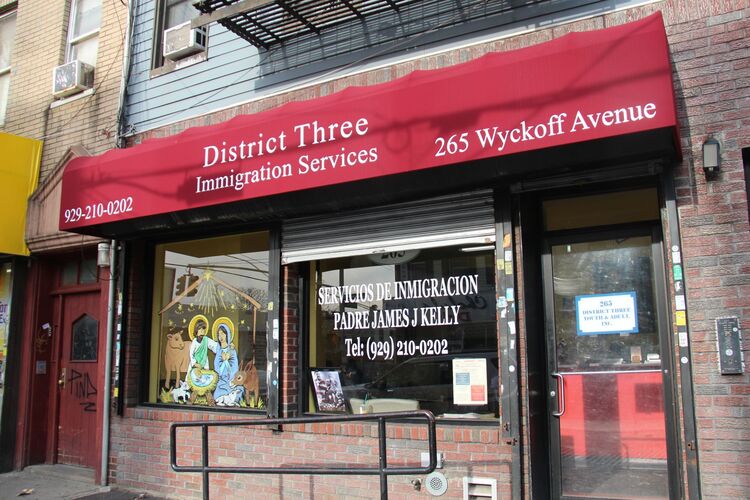Way back in the nineties, the then Meath footballer Graham Geraghty spent a week on trial at Arsenal. Bill Darby, the London club’s representative in Ireland, had invited him over after watching his performance in a Leinster final, feeling there was a raw, athletic talent that might, with proper coaching, be turned into something special. Over the course of his time at Colney, following performances in a couple of trial games, it emerged his first touch was a little too deficient to be corrected and he wasn’t offered a contract. A footnote in one of the more interesting GAA careers, there was something else came out of it too.
The people at Arsenal were stunned at his levels of physical fitness. Staff and players alike were flabbergasted at the condition this man was in.
Irish international Eddie McGoldrick (a name to remind Gooners that there were darker days in their past than the present era) had to testify on Geraghty’s behalf that he really was an amateur sportsman. That, of course, made his fitness and strength all the more remarkable for the professional soccer players to behold.
How could somebody with a day job be in this sort of shape? How could somebody with a day job be so much fitter than them?
The answer is that the GAA has always been incredibly progressive in its approach to fitness and to new ideas in general. Is there any other sport that has tinkered with on the field rules and with the format of its major championships as much in recent years? Far beyond the stereotype of the rural troglodyte stuck in his ways, here is an association liberally speckled with people desperate to innovate and to improve in any way they can. This is why the recent decision by Glasgow Celtic to hire Jim McGuinness to oversee their academy shouldn’t be a surprise and should be welcomed.
While those who know their Gaelic football in Scotland (and that would be a surprising number of people) may fear that the Celtic youth teams will now start adopting weird defensive formations like 7-2-1, and begin harassing opponents into submission, the truth is McGuinness will be merely bringing sports science to bear on their development. What does it say about the situation in Scotland though that the club has to look across the sea to an amateur sport to find somebody with the knowledge and experience to bring that extra dimension?
The smart people in the GAA would applaud the decision because they have always been open to going outside their own community in the quest to improve. Forty-two years ago, Billy Morgan was one of a number of Irish students to arrive at Strawberry Hill in London to study physical education. Morgan came home with a degree and a whole slew of new ideas about how to revolutionise the traditional approach to training Gaelic football teams. Cork and Nemo Rangers benefitted accordingly.
In Michael Foley’s classic book “Kings of September”, there’s a fascinating story told of Eugene McGee, freshly-appointed manager of the Offaly footballers, driving his Fiat Mirafiori and Richie Connor over to London to watch Arsenal training for a few days just before Christmas, 1976. The club’s daily routine was nothing like the stuff an inter-county boss would have to pack in to two sessions a week but still, the appetite for knowledge and the openness of mind was impressive.
Closer to home, I remember Moss Finn knocking around St. Finnbarr’s GAA club, the Irish rugby international being there to work on the physical fitness of the senior teams before the championship. At a time when a lot of hurlers and footballers were not yet the lean, mean fighting machines of today, Finn passed on the benefit of the more advanced work being done at the top level of his own sport.
That would have been around the time Jimmy Barry-Murphy was the biggest star in a galaxy full of them who wore Cumann Barra Naofa on their chests.
Little wonder then that all these years later, one of Barry-Murphy’s first moves when he took over the Cork hurlers for the second time was to go outside the GAA for inspiration. He tapped the former international 800m runner David Matthews to join his backroom team after reading the athlete holding forth about how he felt training for that distance would be perfect for hurlers and Gaelic footballers. Matthews’ insight on the clash of two very different sporting cultures was interesting.
“Well, I’d say some of the harder sessions I did were looked upon by the players as very hard,” said Matthews. “And some of the easier sessions would have been looked upon as very easy. I think that’s one of the big misconceptions in the GAA, that teams don’t train hard enough on the hard days, and train too hard on the easy days. What also surprised me was the mindset of players, and their ability to hurt. As an individual athlete you learn to hurt, go through that pain barrier, at a very young age, and how to deal with it, to push your body to great extremes. In the 800 metres the pain barrier always comes before the finish line, and you have to be able to run through it. I always made the analogy, that those last 80 metres, it’s like someone hands you a fridge freezer, and told you to carry that across the line too.”
When it comes to switching codes, all involved in the GAA should hope McGuinness succeeds in Scotland because it will reflect back positively on the association.
His recent track record suggests he’ll shake up the academy at Celtic and perhaps beyond that too. Of course, the only worry is that the last time a high-profile sportsman from a different code got involved in a soccer club, it was Clive Woodward at Southampton.
That experiment lasted just a year, a year that was hallmarked by acrimony. Whatever happens, surely the Donegal man will do better than that.








